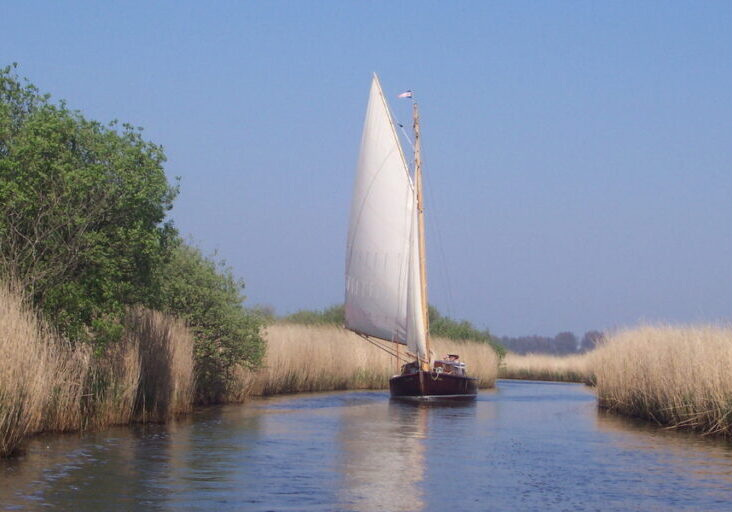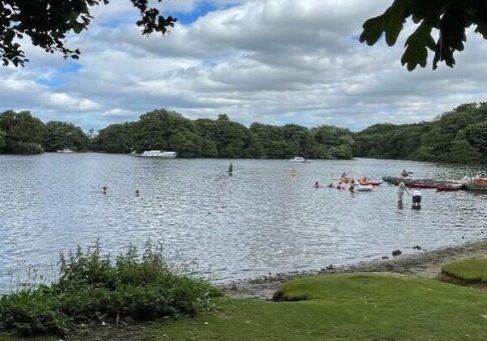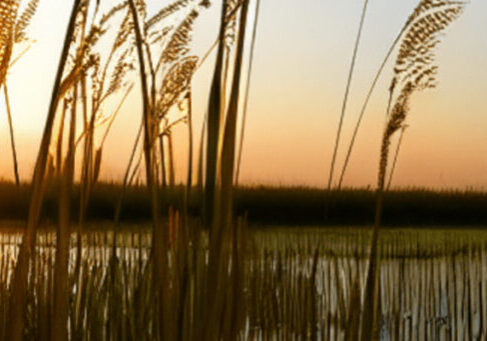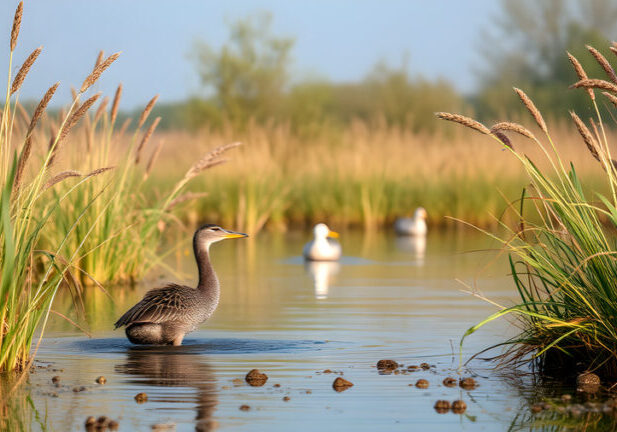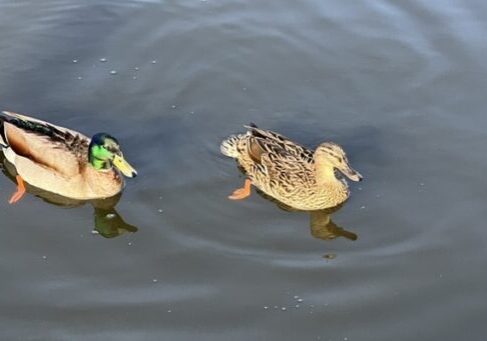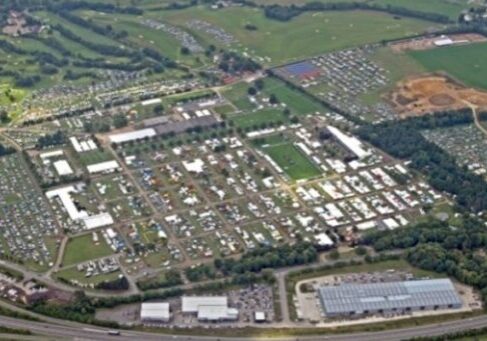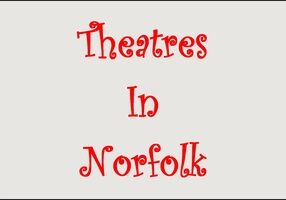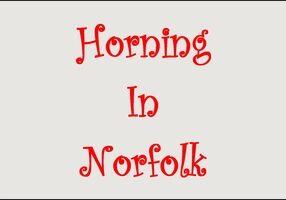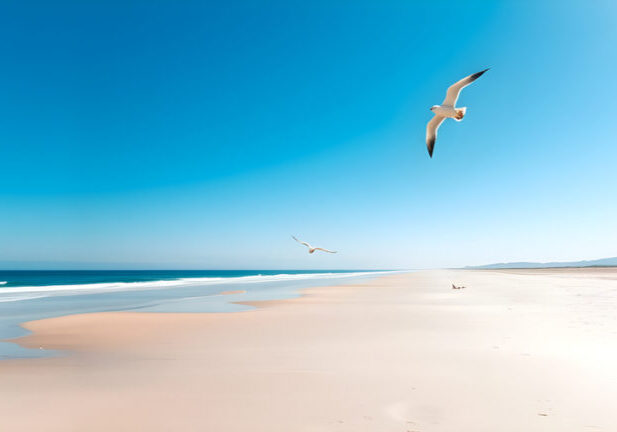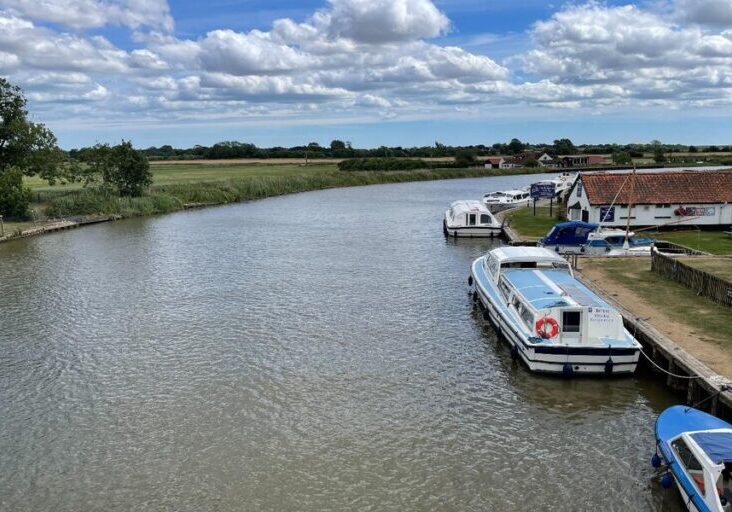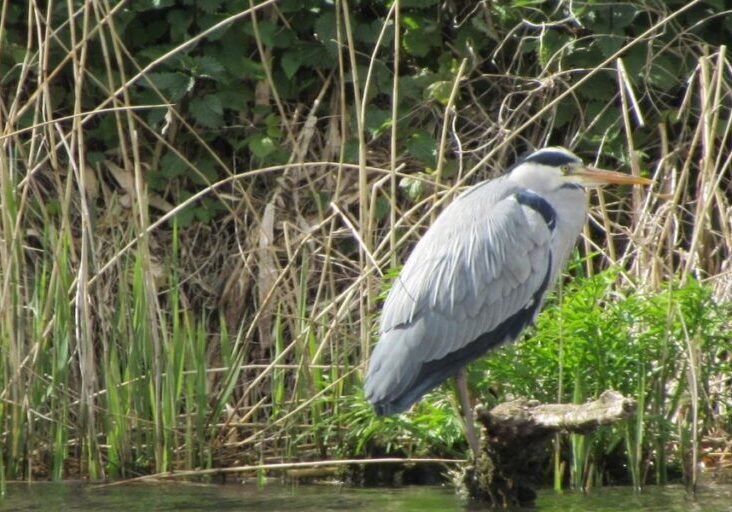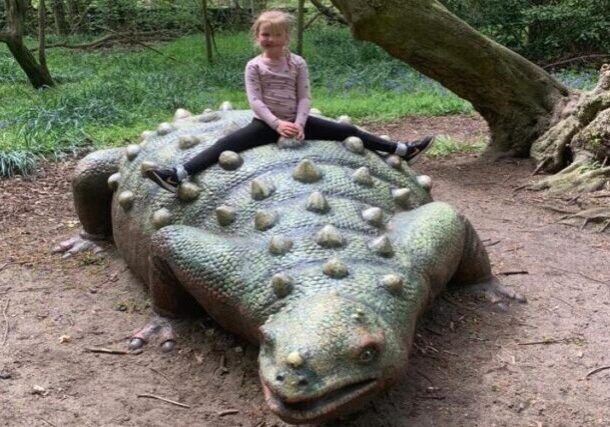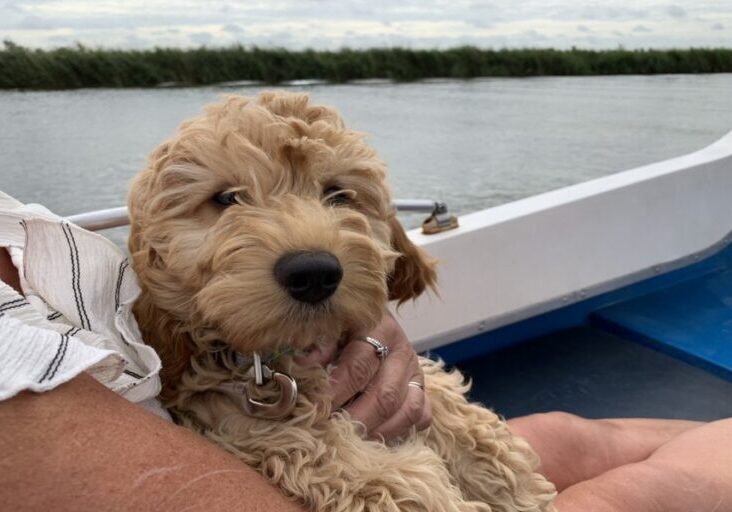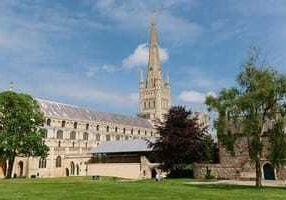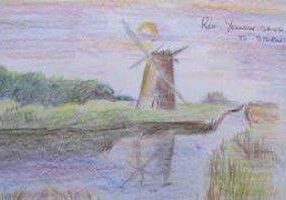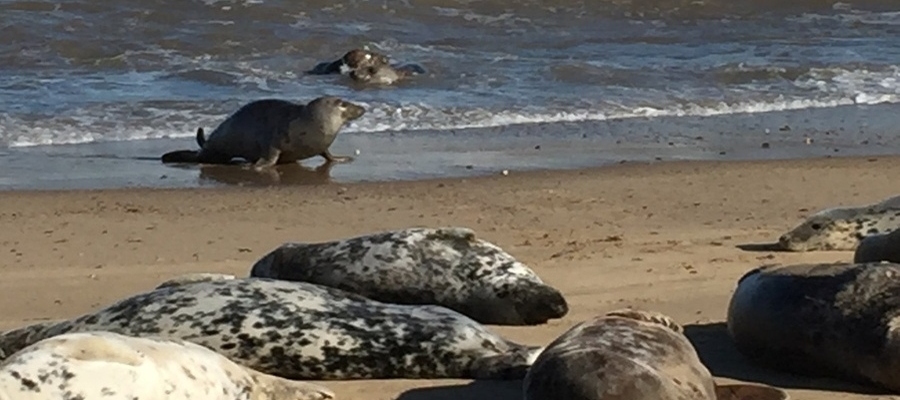
Horsey Gap Seals
If staying at Swallowdale on the Norfolk Broads between November and February, why not visit the Horsey Gap Seals and their pups?
Horsey is a small, quiet village with only about 100 residents. During the summer Horsey Gap is a magnet for families looking for a beautiful unspoilt sandy beach.
Horsey Gap
Horsey Gap is a beautiful and unspoiled stretch of beach, in Norfolk owned by the National Trust. It is a popular destination for tourists, walkers, and nature lovers, and it is also home to a unique and fascinating phenomenon known as Horsey Gap seals.
Horsey Gap seals, refer to a colony of grey seals that inhabit the beach and surrounding waters during the breeding season. These seals are known for their distinctive grey colour, and they can be seen basking on the sand, playing in the waves, and nursing their young.
The colony at Horsey Gap is one of the largest in the country, with over 2,000 seals calling the area home during the breeding season. This makes it an important site for conservation and research, and a popular destination for tourists and nature enthusiasts.
Breeding And Pupping
Grey seals are typically found in the North Atlantic Ocean, where they spend their time swimming and foraging for food. However, during the breeding season (Late November to early February), they come ashore to mate, give birth, and nurse their young.
The breeding season at Horsey Gap is a spectacular sight, as thousands of seals gather on the beach to mate and give birth. Female seals (cows) typically give birth to one pup each year, which they nurse for several weeks before weaning them and returning to the sea.
The pups at Horsey Gap are particularly adorable, with their fluffy white coats and big, dark eyes. They spend their time sleeping and nursing but also enjoy playing and exploring their surroundings.
Seal Watching
Seal watching is a popular activity at Horsey Gap, as visitors can observe these fascinating creatures from a safe distance. There are several viewing platforms and boardwalks along the beach, offering great views of the seals without disturbing them.
It is important to remember that seals are wild animals, and they can be dangerous if approached too closely. Visitors are advised to keep a safe distance and to avoid disturbing the seals in any way.
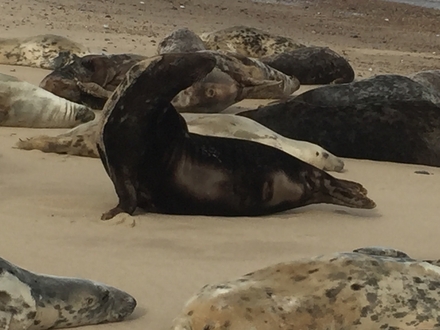
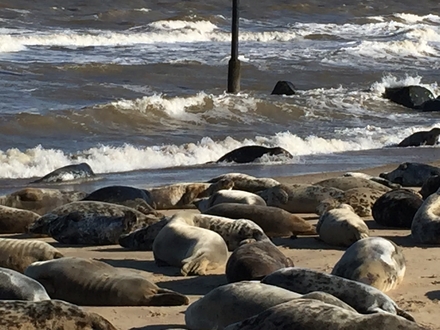
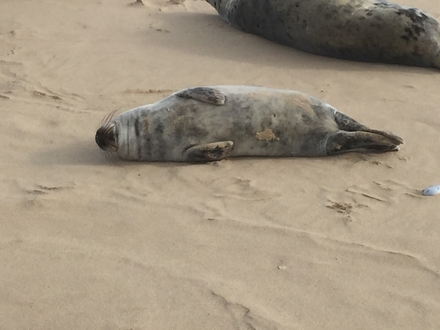
Frequently Asked Questions
What Is The Best Time To See The Seals At Horsey?
The best time to see the grey seals at Horsey Gap is between November and February.
Can You Go On The Beach At Horsey Gap?
Yes, you can generally go on the beach at Horsey Gap. It's a popular spot for enjoying the sand and sea. However, there are a couple of things to keep in mind. During the winter pupping season (November to February), access to the beach itself is closed to protect the seals. You can still see the seals from designated viewing areas on the dunes.
Do Dogs Have To Be Kept On A Lead At Horsey Gap?
Yes, dogs are required to be on a lead at Horsey Gap. This is to ensure the safety of the wildlife and other visitors. The beach is a haven for seals, and keeping your dog on a lead helps prevent them from disturbing the seals, especially during the pupping season.
Conservation
Grey seals are a protected species in the UK, with strict laws to protect them and their habitats. The colony at Horsey Gap is particularly important, as it represents one of the largest breeding populations in the country.
Conservation efforts at Horsey Gap are focused on protecting the seals and their habitats as well as educating visitors about the importance of conservation and responsible tourism. This includes enforcing rules and regulations to prevent disturbance and protecting the sand dunes and other natural features of the beach.
There are normally seal wardens present along the path and viewing areas to answer any questions you may have.
Research
Horsey Gap is also an important site for scientific research, as it provides a unique opportunity to study the behaviour and ecology of grey seals. Researchers can observe the seals up close and collect data on their movements, behaviour, and breeding success.
This research can help us to better understand these fascinating creatures and the role they play in their ecosystems. It can also inform conservation efforts and help to ensure the long-term survival of the species.
Seals At Horsey
Nearly half of the world's grey seal population is found around Great Britain. Horsey Gap is probably the best place for seal-watching during the winter months. During 2018 and 2019 winters there were in excess of 1600 adult seals and 1200 seal pups and numbers are increasing yearly.
If you decide to take your dog along with you please keep it on a lead as the seals have a nasty bite if approached.
In 2016 The Friends of Horsey Seals registered as a charity (Registered Charity Number 1169539). The group works to protect the grey seals at Horsey from disturbance by the public, especially during the late autumn and winter months when the seals are mating and giving birth.
Horsey Gap Parking
The car park at Horsey Gap is independently run and there is a pay and display machine. There are plenty of parking spaces and is a very easy walk to the sand dunes and seals.
Horsey Gap Address
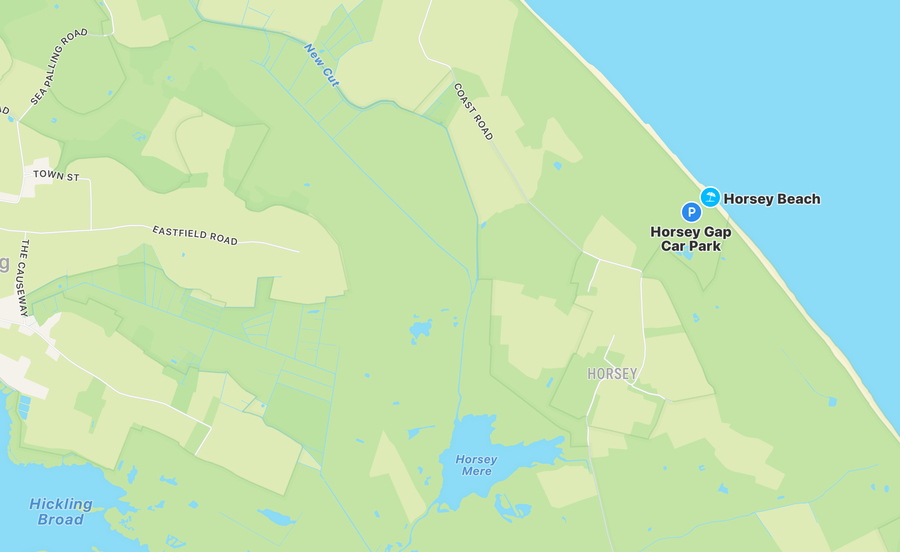
Conclusion
In conclusion, Horsey Gap Seals and their pups at Horsey Gap are an amazing natural phenomenon and a popular destination for tourists and nature lovers. The colony of grey seals at Horsey Gap is one of the largest in the country, and the breeding season between November and February is a spectacular sight.
Visitors can observe the seals and other local wildlife safely using the viewing platforms and boardwalks provided. It is essential to respect the rules and regulations to protect the seals and their habitats. Conservation efforts and scientific research at Horsey Gap aim to ensure the long-term survival of these fascinating creatures. The Friends of Horsey Seals charity works to protect the seals from disturbance by the public, especially during the breeding season. Horsey Gap is a unique and valuable natural site that offers an incredible opportunity to learn and appreciate the wonders of the natural world.

